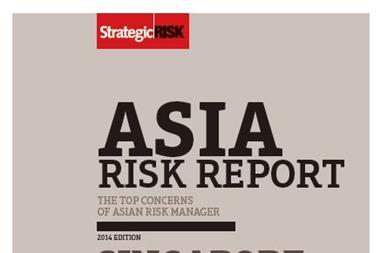The interconnectivity of today’s global economy poses major financial and reputational risks to companies. Strategies such as outsourcing, offshoring and just-in-time sourcing can create corporate efficiencies, but they can also increase vulnerabilities to supply chain disruptions and expose companies to global risks irrespective of where they are operating.
Beyond the immediate loss of revenue, these disruptions can also result in long-term effects such as damage to reputation, shareholder concern and increased regulatory scrutiny. Both these short- and long-term effects underscore why it should be a high priority for risk managers to help develop a resilient program to protect an
organisation’s supply chain from the impact of unpredictable events and potential coverage gaps.
Protecting the supply chain is critical to business performance, as is knowing the location and other risks faced by key suppliers. Knowing how their failure would influence the performance of the risk manager’s organisation is key.
Risk professionals need to ask themselves if they have fully mapped their critical supply chains upstream to the raw material level and downstream to the customer level. Have they integrated risk management processes into their supply chain management approaches? Do they have routine, timely systems for measuring the
financial stability of critical suppliers?
Supply chain risk management should be integrated into an organisation’s enterprise risk management approach, while an understanding of tier 1 production facilities and logistic hub exposures to natural catastrophes is essential. How many tier 1 suppliers have business continuity plans that have been tested in terms of their viability? Such information is vital to protecting an organisation’s supply chain.
Some practical steps that can be taken include recording the details of supply chain incidents and the actions that have been put in place to avoid future incidents; providing risk training to the supply chain management team; putting risk on the agenda at performance meetings with strategic suppliers; and routinely using total cost of ownership when making sourcing decisions.
An insurer should offer innovative tools to help firms gather and report more specific risk information and supplier data so appropriate risk mitigation strategies can then be put in place. It should offer not only physical insurance coverage for supply chains but also non-physical coverage and the use of captives where appropriate.
Zurich has worked with a number of experts in the field to better understand supply chain risk. These risk insights can be found at www.supplychainriskinsights.com.




















No comments yet